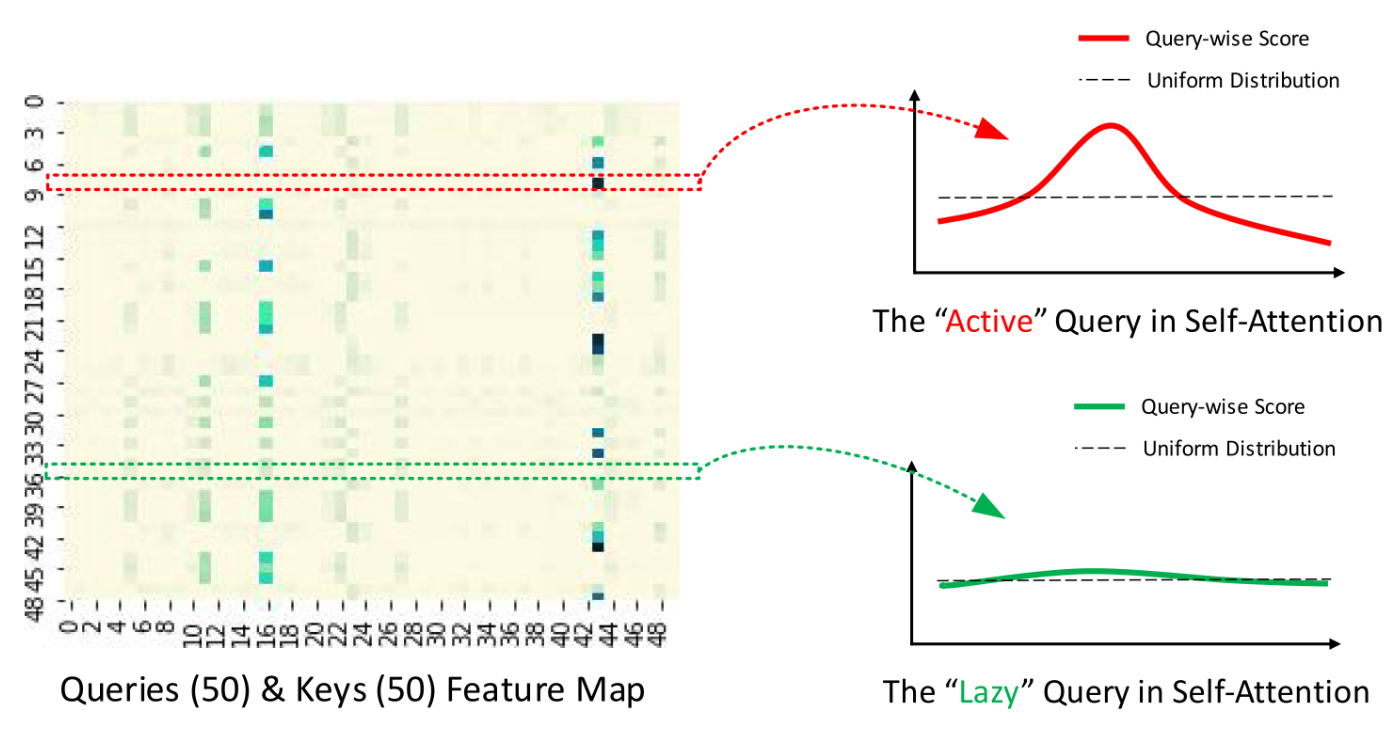1
2
3
4
5
6
7
8
9
10
11
12
13
14
15
16
17
18
19
20
21
22
23
24
25
26
27
28
29
30
31
32
33
34
35
36
37
38
39
40
41
42
43
44
45
46
47
48
49
50
51
52
53
54
55
56
57
58
59
60
61
62
63
64
65
66
67
68
69
70
71
72
73
74
75
76
77
78
79
80
81
82
83
84
85
86
87
88
89
90
91
92
93
94
95
96
97
98
99
|
parser.add_argument('--model', type=str, default='informer',help='model of experiment, options: [informer, informerstack, informerlight(TBD)]')
parser.add_argument('--data', type=str, default='WTH', help='data')
parser.add_argument('--root_path', type=str, default='./data/', help='root path of the data file')
parser.add_argument('--data_path', type=str, default='WTH.csv', help='data file')
parser.add_argument('--features', type=str, default='M', help='forecasting task, options:[M, S, MS]; M:multivariate predict multivariate, S:univariate predict univariate, MS:multivariate predict univariate')
parser.add_argument('--target', type=str, default='OT', help='target feature in S or MS task')
parser.add_argument('--freq', type=str, default='h', help='freq for time features encoding, options:[s:secondly, t:minutely, h:hourly, d:daily, b:business days, w:weekly, m:monthly], you can also use more detailed freq like 15min or 3h')
parser.add_argument('--checkpoints', type=str, default='./checkpoints/', help='location of model checkpoints')
parser.add_argument('--seq_len', type=int, default=96, help='input sequence length of Informer encoder')
parser.add_argument('--label_len', type=int, default=48, help='start token length of Informer decoder')
parser.add_argument('--pred_len', type=int, default=24, help='prediction sequence length')
parser.add_argument('--enc_in', type=int, default=7, help='encoder input size')
parser.add_argument('--dec_in', type=int, default=7, help='decoder input size')
parser.add_argument('--c_out', type=int, default=7, help='output size')
parser.add_argument('--d_model', type=int, default=512, help='dimension of model')
parser.add_argument('--n_heads', type=int, default=8, help='num of heads')
parser.add_argument('--e_layers', type=int, default=2, help='num of encoder layers')
parser.add_argument('--d_layers', type=int, default=1, help='num of decoder layers')
parser.add_argument('--s_layers', type=str, default='3,2,1', help='num of stack encoder layers')
parser.add_argument('--d_ff', type=int, default=2048, help='dimension of fcn')
parser.add_argument('--factor', type=int, default=5, help='probsparse attn factor')
parser.add_argument('--padding', type=int, default=0, help='padding type')
parser.add_argument('--distil', action='store_false', help='whether to use distilling in encoder, using this argument means not using distilling', default=True)
parser.add_argument('--dropout', type=float, default=0.05, help='dropout')
parser.add_argument('--attn', type=str, default='prob', help='attention used in encoder, options:[prob, full]')
parser.add_argument('--embed', type=str, default='timeF', help='time features encoding, options:[timeF, fixed, learned]')
parser.add_argument('--activation', type=str, default='gelu',help='activation')
parser.add_argument('--output_attention', action='store_true', help='whether to output attention in ecoder')
parser.add_argument('--do_predict', action='store_true', help='whether to predict unseen future data')
parser.add_argument('--mix', action='store_false', help='use mix attention in generative decoder', default=True)
parser.add_argument('--cols', type=str, nargs='+', help='certain cols from the data files as the input features')
parser.add_argument('--num_workers', type=int, default=0, help='data loader num workers')
parser.add_argument('--itr', type=int, default=2, help='experiments times')
parser.add_argument('--train_epochs', type=int, default=6, help='train epochs')
parser.add_argument('--batch_size', type=int, default=32, help='batch size of train input data')
parser.add_argument('--patience', type=int, default=3, help='early stopping patience')
parser.add_argument('--learning_rate', type=float, default=0.0001, help='optimizer learning rate')
parser.add_argument('--des', type=str, default='test',help='exp description')
parser.add_argument('--loss', type=str, default='mse',help='loss function')
parser.add_argument('--lradj', type=str, default='type1',help='adjust learning rate')
parser.add_argument('--use_amp', action='store_true', help='use automatic mixed precision training', default=False)
parser.add_argument('--inverse', action='store_true', help='inverse output data', default=False)
parser.add_argument('--use_gpu', type=bool, default=True, help='use gpu')
parser.add_argument('--gpu', type=int, default=0, help='gpu')
parser.add_argument('--use_multi_gpu', action='store_true', help='use multiple gpus', default=False)
parser.add_argument('--devices', type=str, default='0,1,2,3',help='device ids of multile gpus')
args = parser.parse_args()
args.use_gpu = True if torch.cuda.is_available() and args.use_gpu else False
|




